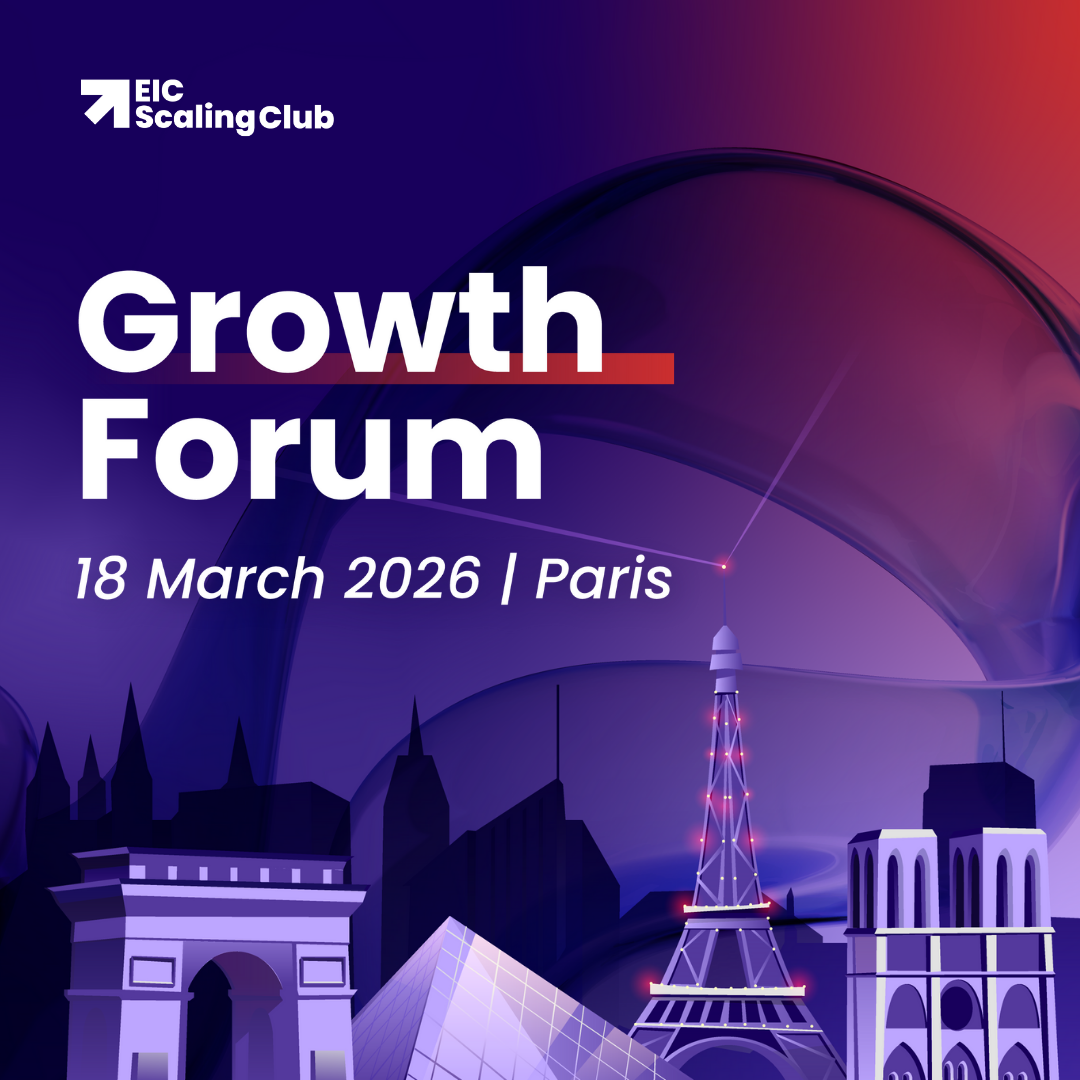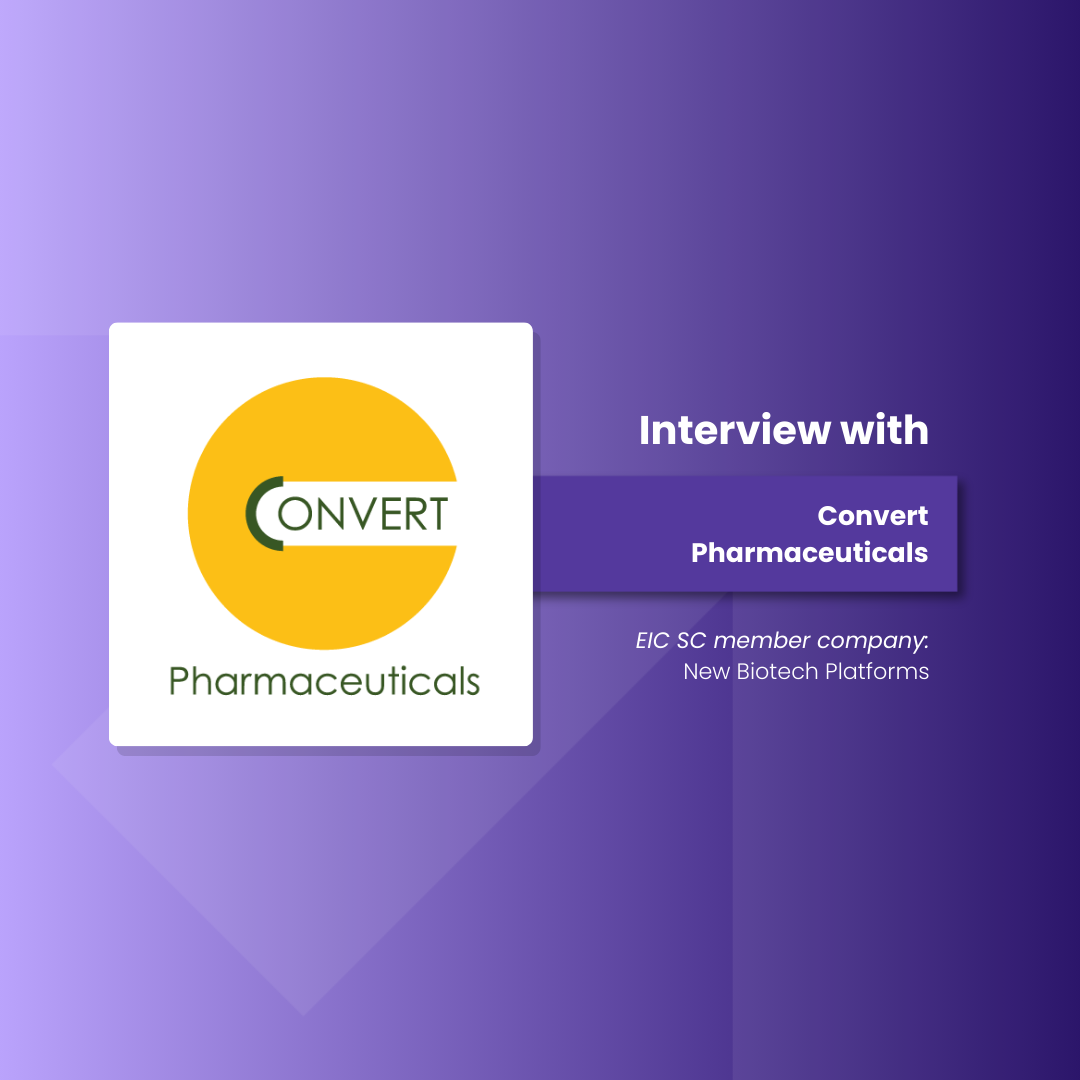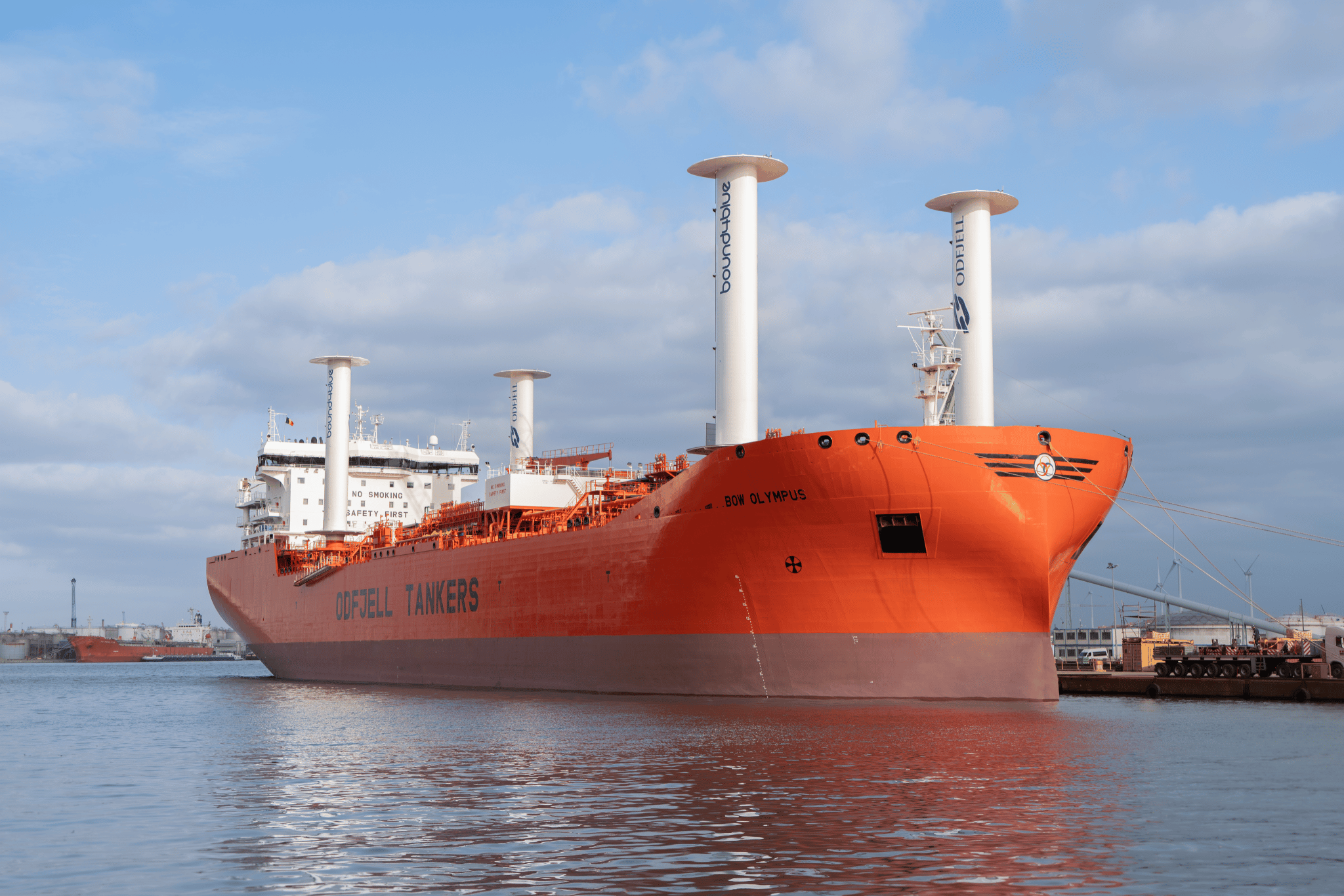15 Dec 2025
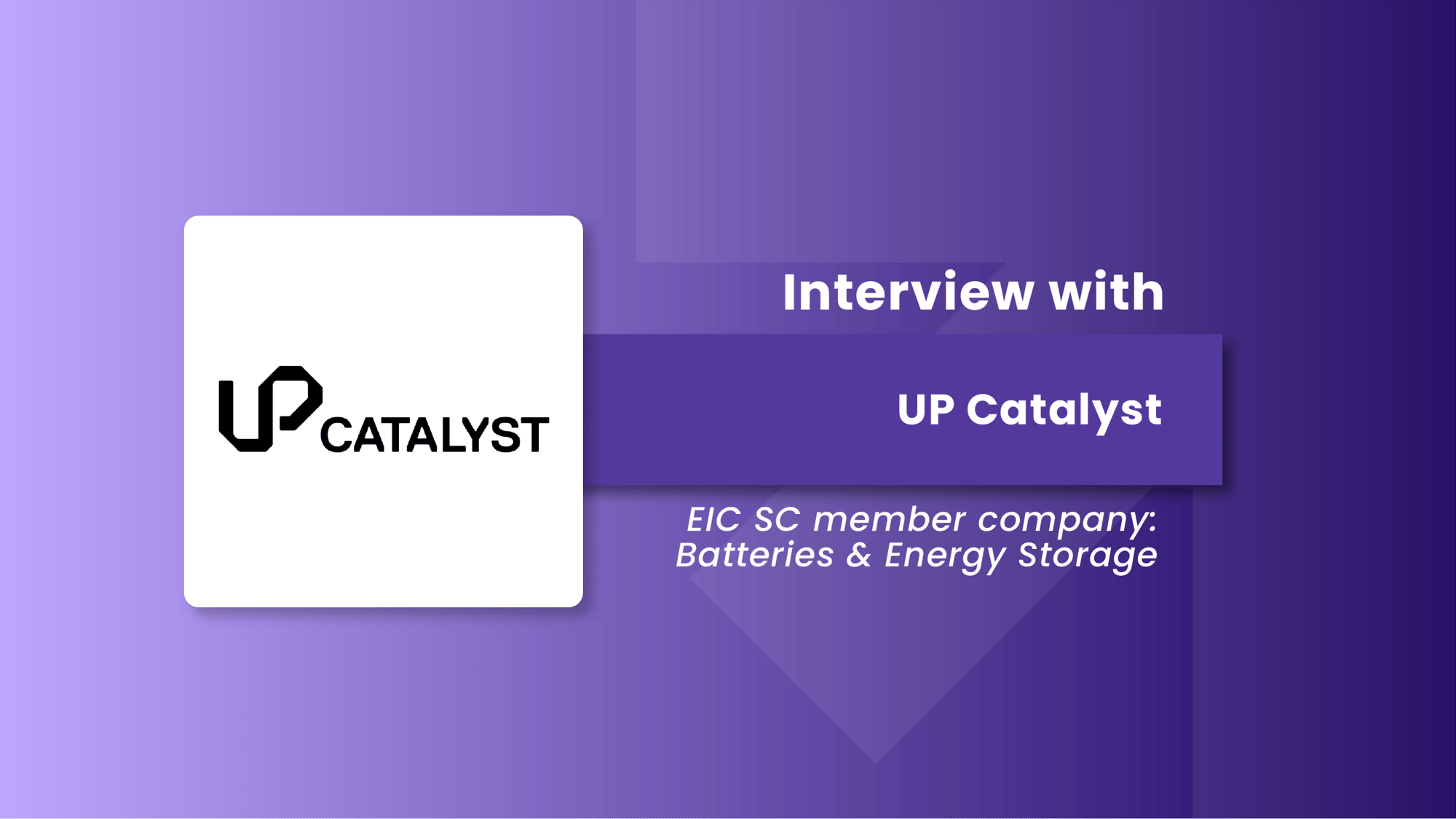
UP Catalyst is an Estonian scale-up that produces battery-grade raw materials, graphite, and carbon nanotubes. Their products have a wide range of applications, from electric car batteries to concrete and biomedicine. The company is a member of the Batteries & Energy Storage Group.
Co-founded in 2019 by Gary Urb and Kätlin Kaare, UP Catalyst is driven by a clear mission: to achieve global leadership as the most cost-effective and environmentally responsible producer of graphite and carbon nanotubes, leveraging CO₂ emissions as their core feedstock.
We interviewed Einar Karu, VP of Technology at UP Catalyst, to learn more about this EIC Scaling Club member, its products, and the people behind it all. Keep reading and delve into UP Catalyst’s groundbreaking technology.
Turning emissions into assets
UP Catalyst produces carbon nanomaterials and graphite from CO₂ emissions. “We transform CO₂ gas into solid graphite or carbon nanotubes electrochemically. Graphite is the main anode component in batteries, and carbon nanotubes are used both on the anode and cathode side as a conductive additive. So, we have enabled the local production of raw carbon battery materials,” Einar explains, highlighting the dual benefit of reducing carbon emissions and creating essential components for the burgeoning battery industry.
Asked to share the company’s secret sauce, Einar says it’s definitely molten salt electrolysis technology. The process allows the breaking down of CO₂ molecules into solid carbon and releases oxygen. This capability is significant for long-term applications, especially in a future where the world has transitioned away from fossil fuels. It also enables the production of raw materials suitable for batteries.
“Currently, graphite is produced from petroleum coke, and carbon nanotubes are often made from natural gas – all fossil-based resources. Our technology requires carbon dioxide, which can come from hard-to-abate industries or biogenic processes like biogas production or the paper and pulp industry. Then, we transform the material with electrical energy into a solid product. Therefore, our technology enables diversion from fossil to renewable sources,” Einar explains the innovation behind the scale-up.
While the UP Catalyst didn’t create the molten salt electrolysis technology, the scale-up uses specific recipes to produce the materials. Hence, their take on it is unique. What’s exciting about the method is that it can enable oxygen production on Mars. “On Mars, 95% of the atmosphere is CO₂, so this is one of the potential technologies to produce oxygen. We have found and patented a specific recipe for battery-grade morphology and purity of carbon nanotubes and graphite.”
Sustainability spinoff
UP Catalyst is a Tartu University spinoff. Einar shares that it started as Ph.D. research on producing catalyst material for fuel cells. It was later redirected to researching ways to produce the material cheaply and sustainably.
“We started to research the molten salt electrolysis, which quickly led us to nitrogen-doped carbon nanotubes that can be used in the fuel cells to replace precious metal catalysts. Then we also found out that the nanotubes are used in batteries as conductive additives, as well as in paints and coatings and concrete to make it stronger.”
UP Catalyst then focused on batteries, especially those of electric vehicles. Einar briefly explains why:
“The main component in typical lithium-ion batteries is graphite, which our technology can produce.”
As one may guess by now, the scale-up core team has solid scientific experience. However, there are also members with sales and marketing backgrounds, which has helped UP Catalyst grow and scale its production.
Speaking of scaling, in 2024, UP Catalyst’s team doubled in size. “At the beginning of last year, we were about 20 people. And now, there are more than 40 of us, and we have significantly scaled the team.”
Overcoming challenges and scaling production
When asked whether UP Catalyst has faced challenges, Einar is concise, saying every startup has. However, the primary hurdle for this Estonian company has been and still is securing long-term off-take agreements with major battery and cell manufacturers.
To attract the necessary investments to scale their technology, UP Catalyst requires confirmed future buyers. Einar admits that securing such buyers has proven more time-consuming than initially anticipated. Nevertheless, UP Catalyst is actively pursuing and engaging with numerous potential customers, consistently aiming to finalise more significant deals to solidify the company’s production capacity.
When asked about UP Catalyst's key milestones, Einar highlighted the company's innovative reactor designs, which are central to converting CO₂ into valuable carbon materials.
“Our generation-two reactor already produces material, and the generation-three reactor is in commissioning. Moreover, we began producing material at a milligram scale and then progressed to gram and kilogram levels. Now, we're targeting ton-scale annual production with our third-generation reactor.”
This scaling achievement, especially with a completely novel reactor design, is a source of immense pride for UP Catalyst. Furthermore, the company is safeguarding their unique production recipe and reactor design through patents, with several already secured.
The EIC advantage
Membership in the EIC Scaling Club has been a crucial recognition and a mark of quality for UP Catalyst. Einar says the team especially values visibility and access to a large and relevant audience.
“It’s a quality seal that opens us new doors to investors and customers.”
He also mentions the mentoring program, which allows scale-ups to connect with skilled professionals: “We’re very happy about all of the services and benefits that we’ve gained from being members of the EIC Scaling Club.”
The Scaling Club isn’t the Estonian company's first connection to the EIC. In 2022, UP Catalyst joined a two-year EIT Raw Materials project in which the scale-up designed and constructed a marine shipping container-based reactor unit with five partner institutions.
In 2023, UP Catalyst started an EIT Manufacturing project, which has been completed. Before these two large-scale projects, the team participated in several smaller-scale programs.
When asked about the company’s plans, Einar says they aim to close the Series A term sheet by the end of 2025. "We invite corporate venture capital and institutional venture capital investors interested in our technology to contact us,” he concludes.
About the EIC Scaling Club
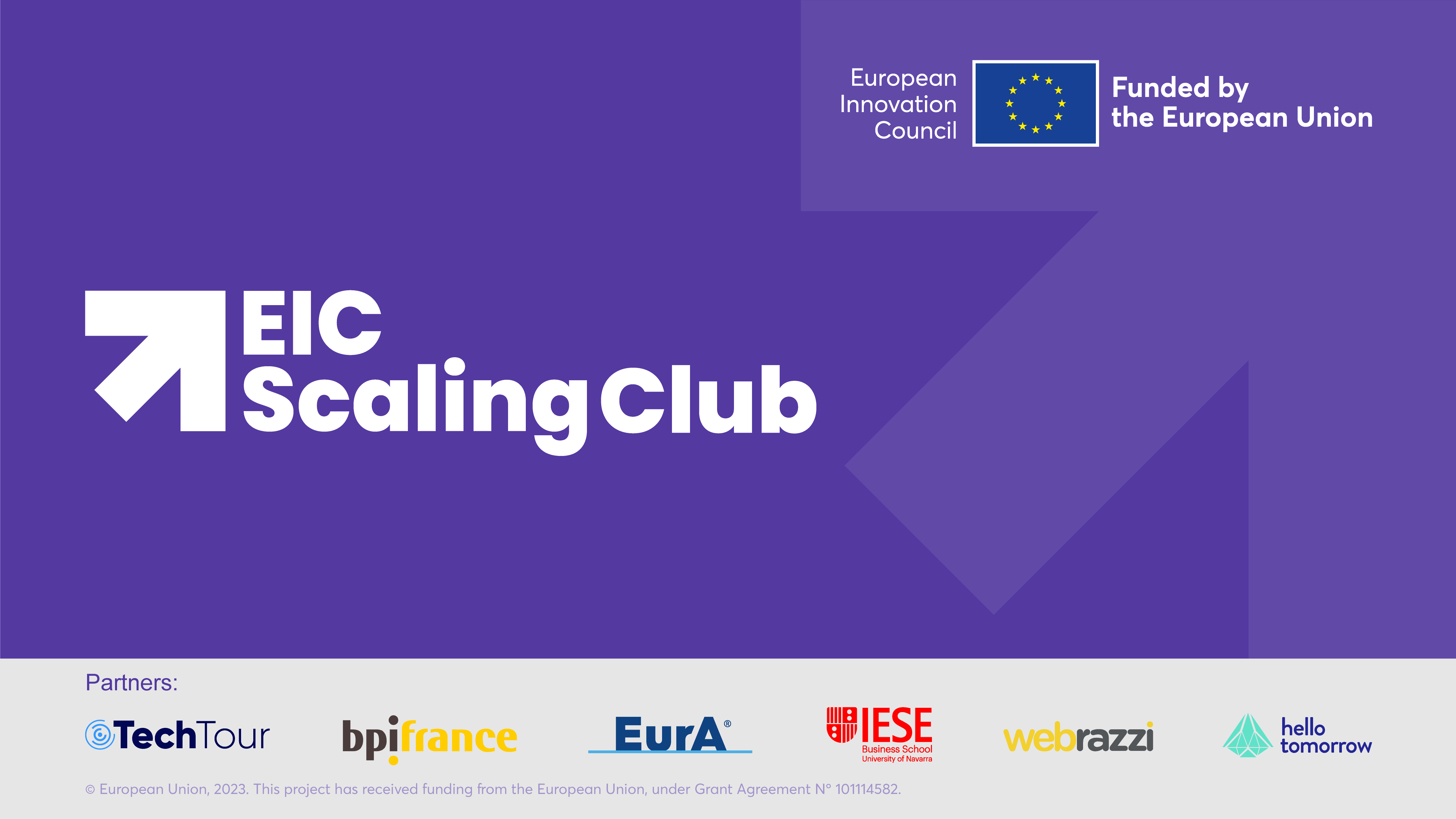
The EIC Scaling Club is a curated community where 120+ European deep tech scale-ups with the potential to build world-class businesses and solve major global challenges come together with investors, corporate innovators and other industry stakeholders to spur growth.
The top 120+ European deep tech companies will be carefully selected from a pool of high-growth scale-ups that have benefitted from EIC financial schemes, other European and national innovation programmes, and beyond.
The EIC Scaling Club is an EIC-funded initiative run in partnership by Tech Tour, Bpifrance (EuroQuity), Hello Tomorrow, Tech.eu (Webrazzi), EurA and IESE Business School.
Subscribe to our newsletter here to stay up-to-date!
Related Articles
Recent Articles
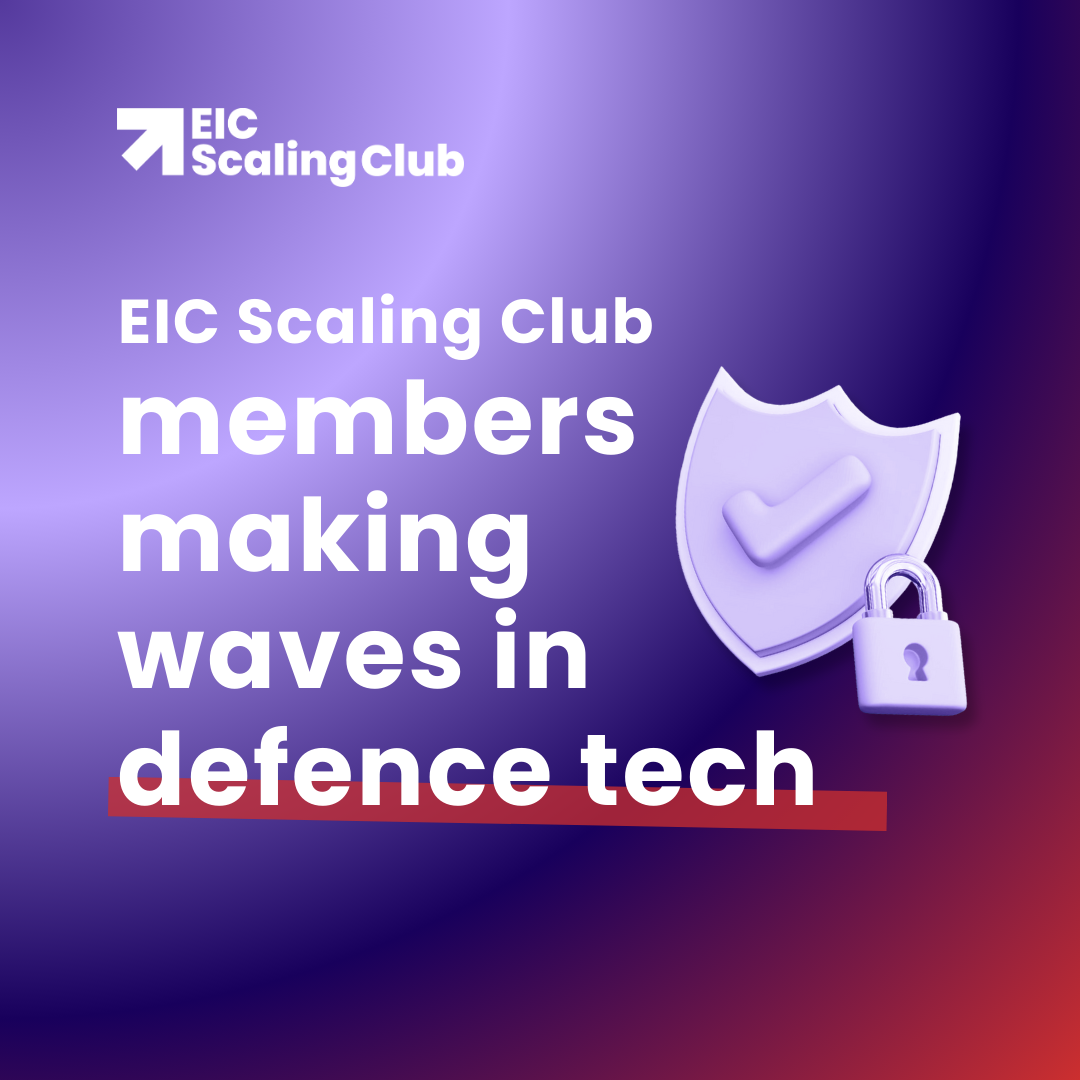
Spotlight on dual-use innovation: EIC Scaling Club companies making waves in defence tech
5 Dec 2025
